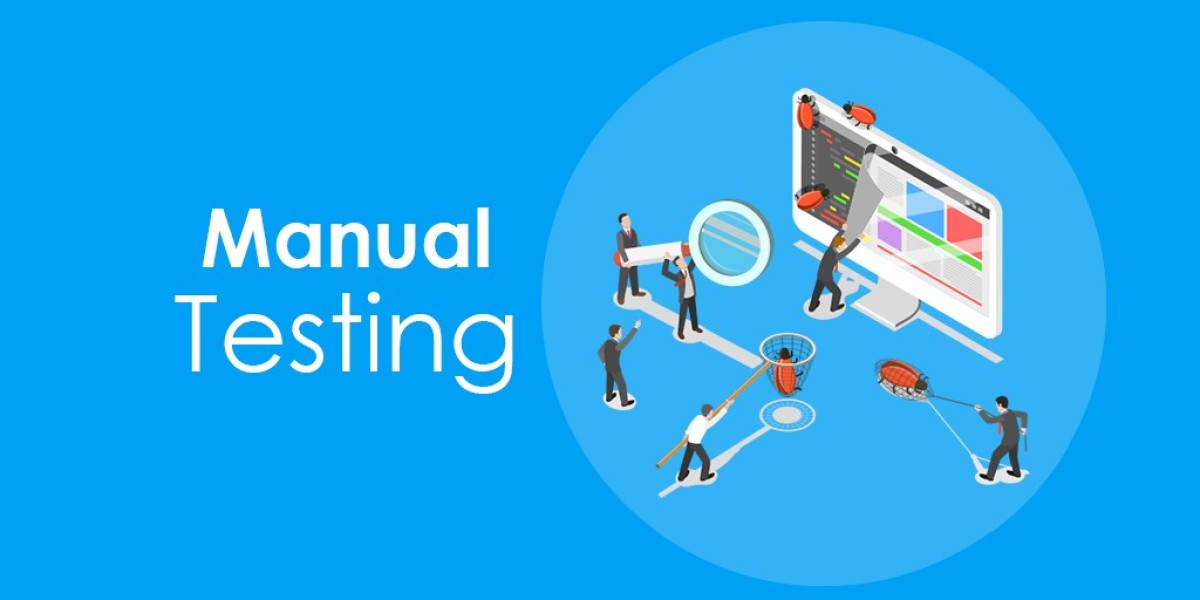In the rapidly evolving landscape of technology, where software plays an indispensable role in every facet of life, the demand for reliable and glitch-free applications has never been higher. To meet these expectations, manual software testing companies have emerged as the unsung heroes, diligently ensuring the quality and functionality of software products. In this comprehensive article, we delve into the world of manual software testing, exploring its significance, processes, and how these companies secure a prominent position by delivering impeccable results.
Understanding Manual Software Testing
What is Manual Software Testing?
Manual software testing involves the evaluation of software applications to identify defects, errors, and usability concerns. In contrast to automated testing that employs scripts and tools for testing, manual testing depends on human intuition, ingenuity, and flexibility to replicate genuine user interactions and situations. This methodology guarantees a comprehensive evaluation of the software's functionality, user experience, and overall quality.
The Role of Manual Testing Companies
Manual software testing companies play a pivotal role in the software development life cycle. Their expertise extends beyond mere bug identification; they strive to provide holistic insights into the user experience and the software's alignment with business objectives. By meticulously navigating through different features, functionalities, and user pathways, these companies uncover potential vulnerabilities, usability concerns, and compatibility issues.
The Process of Manual Software Testing
Manual software testing is a structured process that involves several phases, each contributing to the overall quality assurance. Let's break down the key steps these testing companies undertake:
1. Requirement Analysis
Before diving into testing, manual software testing companies thoroughly analyze the project requirements. Understanding the software's intended functionality, target audience, and business objectives lays the foundation for effective testing strategies.
2. Test Planning
In this phase, testing experts formulate a comprehensive test plan that outlines the scope, objectives, testing environments, and test cases. This meticulous planning ensures that every aspect of the software is scrutinized systematically.
3. Test Case Design
Test case design involves creating detailed scenarios that simulate real-world interactions with the software. These scenarios encompass various usage patterns, edge cases, and potential user errors, leaving no stone unturned in the quest for identifying bugs.
4. Test Execution
The actual testing takes place in this phase, where testing professionals execute the designed test cases. They meticulously record the outcomes, including any defects, anomalies, or unexpected behaviors.
5. Defect Reporting
When defects are identified, manual software testing companies prepare detailed defect reports. These reports include a step-by-step description of the issue, its impact, and suggestions for remediation. Clear and comprehensive reporting facilitates effective communication between development teams and testing experts.
6. Regression Testing
As the software undergoes changes and fixes, regression testing ensures that new updates don't inadvertently introduce new issues. This iterative process guarantees that the software maintains its integrity and functionality throughout its evolution.
Ensuring Quality: The Manual Testing Advantage
Human-Centric Approach
One of the standout advantages of manual software testing is its human-centric approach. Testers emulate real users, exploring the software from their perspective. This approach uncovers usability challenges, navigational issues, and overall user satisfaction, factors that automated tests might overlook.
Complex Scenarios and Creativity
Manual testing allows testers to apply their creativity and intuition to explore complex scenarios. They can adapt to changing conditions, simulate unusual user behaviors, and identify vulnerabilities that automated tests might miss.
Unparalleled Attention to Detail
Manual software testing companies are known for their unparalleled attention to detail. They meticulously investigate every nook and cranny of the software, leaving no room for hidden bugs or glitches.
Conclusion
In the grand tapestry of software development, manual software testing companies stand as the guardians of quality and user experience. Through their rigorous processes, meticulous planning, and dedication to detail, they ensure that the software products we rely on daily are robust, user-friendly, and devoid of critical bugs. As technology continues to evolve, these companies will remain at the forefront, their expertise indispensable in the pursuit of software perfection.
So, the next time you interact with an application that runs seamlessly, remember that behind the scenes, a manual software testing company played a significant role in defying bugs and ensuring your digital experience remains top-notch.








